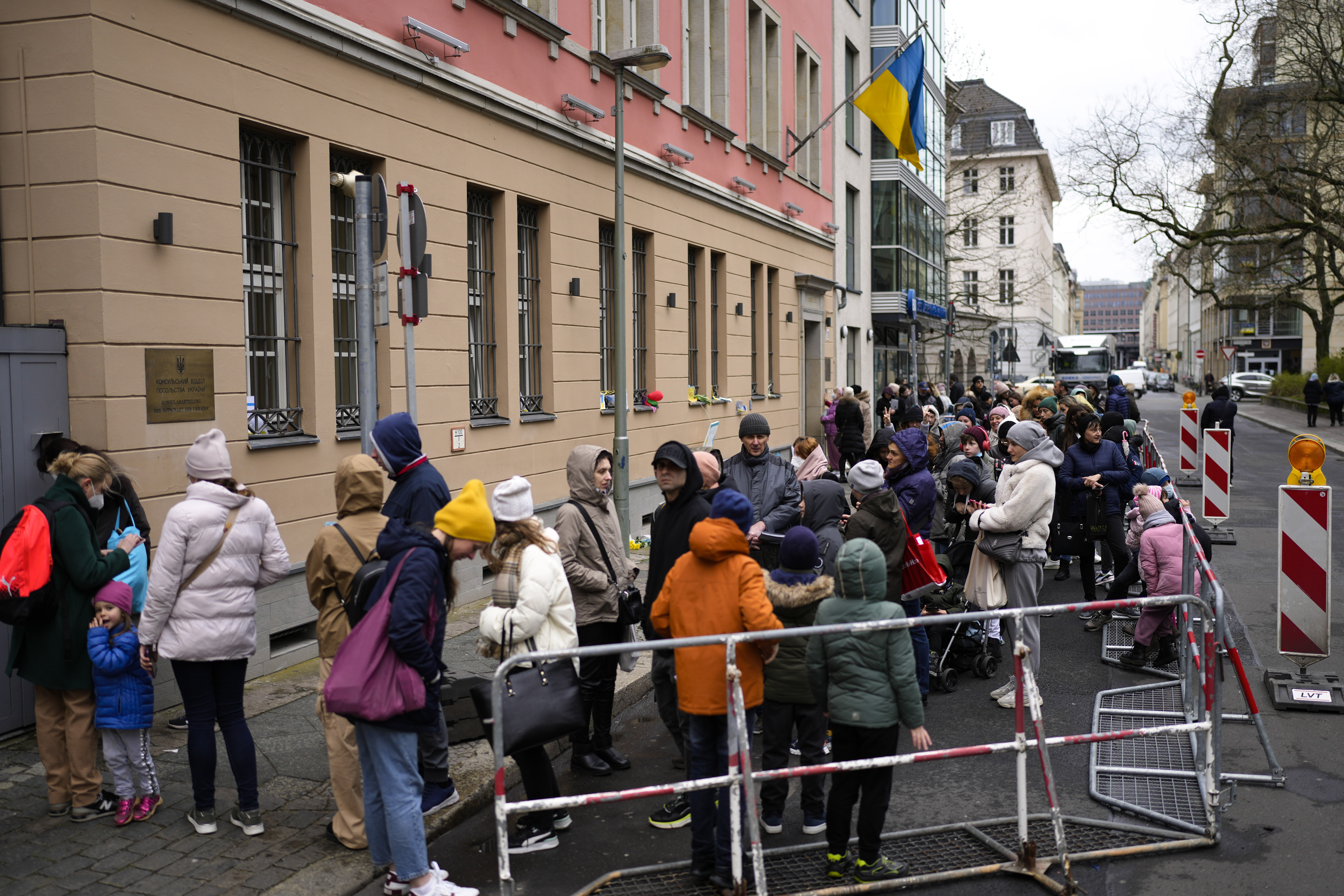Close to half of all Ukrainian refugees who relocated to Germany during the ongoing conflict with Russia have no intention of returning home after the war, a new survey has revealed.
The polling published on Wednesday, conducted by the IAB research group with the assistance of the DIW Berlin institute and government departments, showed that 44 percent of the more than 1 million new arrivals from Ukraine want to remain in Germany for the long term.
The figure is up considerably from the results of a similar poll conducted between August and October last year, which showed 37 percent of Ukrainians planned to stay in Germany either indefinitely or for a few more years.
Data from the Central Register of Foreigners (AZR) showed that of the adult Ukrainians who entered Germany last summer, around 93 percent were still registered in Germany at the end of February this year.
Only 18 percent of working-age Ukrainian refugees living in Germany are employed, up just 1 percentage point over last year’s report, while three quarters are either actively enrolled in German language courses or have completed courses.
Despite the high numbers of those attending language courses, German language proficiency remains very low, with just 8 percent of Ukrainians professing to have a “good” or “very good” understanding of the language. There is promising movement on this front, however, with 18 percent of respondents saying they cannot speak any German, down from 23 percent last summer.
A large majority of Ukrainian refugees are now living in private accommodations across the country, with 79 percent in private apartments or houses, 13 percent residing in hotels or guesthouses, and 8 percent in shared accommodations. The number of those living in private accommodations has increased from 74 percent since last summer’s survey.





